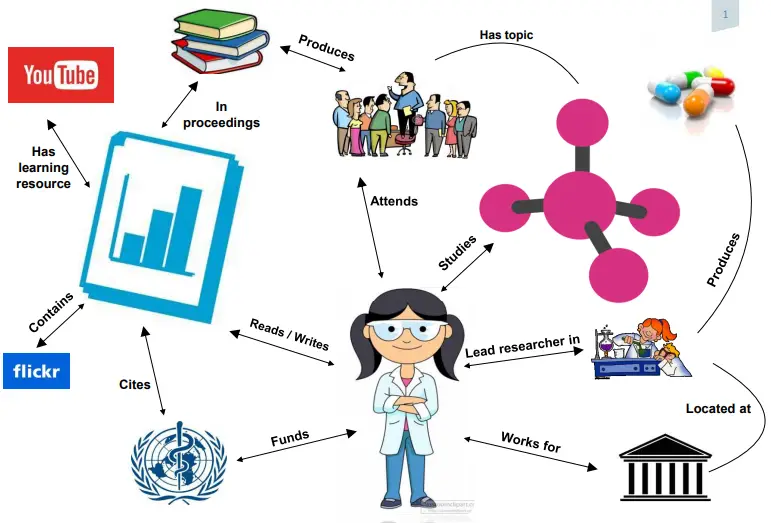Selecting the right journal for publishing research is crucial for maximizing visibility. High-impact factor journals garner greater influence, but alignment with your research’s scope and audience is equally vital. Consider factors like open access options, peer-review process, and recent issues to make an informed decision. Balancing impact factors with relevance ensures your work’s quality and Impact on a larger scale.
Select High Impact Factor Journals: A Strategic Guide for Research Publication
Here’s a step-by-step guide to help you choose high-impact factor journals:
- Identify Your Research Area: Begin by clearly identifying your research field. Different journals have different specialties and scopes. You should target journals that align closely with your research topic.
- Research Impact Factors: Look up the latest Journal Citation Reports (JCR) or other reliable sources that provide impact factor rankings for journals in your field. The impact factor measures the average number of citations received by articles published in that journal over a specific period. Higher impact factors generally indicate greater visibility and influence.
- Consider the Audience: Consider the intended audience of your research. Journals with a broader readership might have higher impact factors, but they may not be as specialized. On the other hand, specialized journals might have lower impact factors but could be more relevant for your specific field.
- Review-Journal Policies: Look into the journal’s policies, guidelines, and submission requirements. Make sure your research fits within their scope and that you can adhere to their formatting, style, and submission guidelines.
- Check for Open Access Options: Open-access journals can increase the visibility of your research since they’re freely accessible to a wider audience. However, not all open-access journals have high impact factors, so ensure you balance visibility with the reputation of the journal.
Also Read: List of Free Open Access Journals | All Fields
- Browse Recent Issues: Check out the recent issues of the journals you’re considering. This will give you an idea of the quality and relevance of the articles they publish. It’s also a good way to gauge the level of expertise of the authors who contribute to the journal.
- Consider Review Process: Investigate the peer-review process of the journal. High-quality journals typically have a rigorous peer-review process to ensure the validity and quality of the research they publish.
- Consult Colleagues and Mentors: Seek advice from colleagues, mentors, and senior researchers in your field. They might have insights about reputable journals that you may not be aware of.
- Beware of Predatory Journals: Be cautious of journals that claim to have high impact factors but lack credibility. These are often referred to as predatory journals. They may engage in unethical practices and can harm the reputation of your work.
- Balancing Time and Impact: While aiming for high-impact factor journals is important, also consider the time it might take for your paper to get accepted and published. Sometimes, targeting journals with slightly lower impact factors but quicker publication turnaround can be a strategic choice.
- Prepare a Shortlist: After considering all these factors, create a shortlist of journals that align with your research, have a good reputation, and offer a suitable audience.
- Analyze Your Options: Compare the shortlisted journals based on their impact factors, audience, scope, open-access options, and publication timeline. This will help you make a well-informed decision.
Remember that while publishing in high-impact factor journals can enhance your research’s visibility, it’s equally important to prioritize the quality and significance of your research. The impact factor is just one measure of a journal’s influence, and the broader impact of your work on the field is also crucial.


